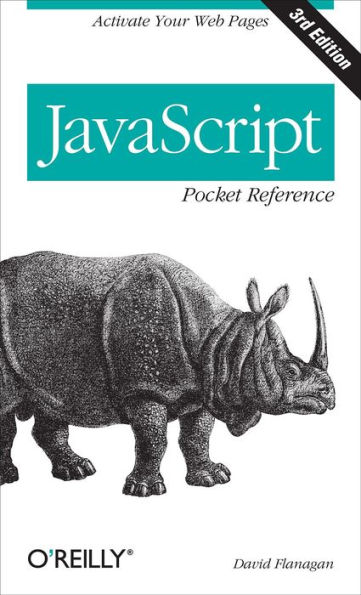JavaScript is the ubiquitous programming language of the Web, and for more than 15 years,
JavaScript: The Definitive Guide has been the bible of JavaScript programmers around the world. Ideal for JavaScript developers at any level, this book is an all-new excerpt of
The Definitive Guide, collecting the essential parts of that hefty volume into this slim yet dense pocket reference.
The first 9 chapters document the latest version (ECMAScript 5) of the core JavaScript language, covering:
- Types, values, and variables
- Operators, expressions, and statements
- Objects and arrays
- Functions and classes
The next 5 chapters document the fundamental APIs for using JavaScript with HTML5 and explain how to:
- Interact with web browser windows
- Script HTML documents and document elements
- Modify and apply CSS styles and classes
- Respond to user input events
- Communicate with web servers
- Store data locally on the user's computer
This book is a perfect companion to jQuery Pocket Reference.



